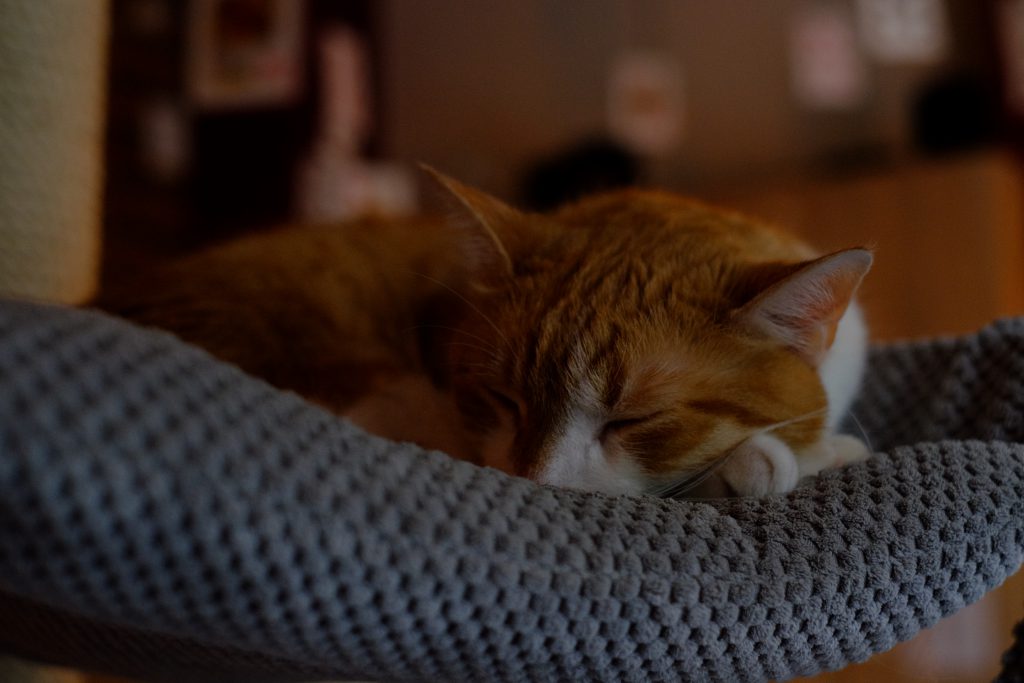The Philosophy Of Yoga Pigeon Pose
페이지 정보

본문
1. Lie down on your back with your knees bent and your feet flat on the floor. 2. Without moving your feet, release both knees over toward the right side of your mat so that your right leg forms a 90-degree angle in front of you and your left leg creates a 90-degree angle at your side. 3. Glide your left knee toward the back of your mat as far as you comfortably can. 2. Slide your right knee forward to the outside of your right wrist and wiggle your right ankle toward your left wrist as far as you comfortably can. In a traditional Sleeping Pigeon Pose, you need significant external rotation in your targeted hip joint, deep flexion in both hips and a stable knee and ankle joint to support the external rotation of the hip. 7. Hold for a few long, deep breaths before switching sides. When you hold yourself well you feel good. Regardless of how popular a pose may be, Yoga Pigeon Pose there's no single asana that's so incredibly awesome that everybody should do it-especially if it doesn't feel safe for your body. But there are ways to modify Pigeon Pose for beginners to effectively target the same tissues as the traditional asana.

There are two ways to get into Kapotanasana as described by BKS Iyengar in his book, Light on Yoga. Thank you so much for taking the time to your videos, giving those of us who don't have access to yoga classes the chance to do it in our own homes. As an advance posture, it should only be attempted with the guidance of a trained expert who respects your limits and will help you to recognize and respect your body’s present condition too. Wood says anyone with a knee, back, or hip injury-or anyone who experiences inflammation or chronic pain in these areas-should avoid it. Hip, Back and Knee Pain? Reach back for your left foot with your left hand and grasp the outside of the foot. Reach slowly forward to move your torso to lie on the ground.making sure you only reach as far forward as comfortable without bending your back or raising you buttocks of the ground. 3. Option to stay as you are with your torso lifted or slowly fold forward over your right shin as far as you comfortably can.
3. Cross your right ankle over your left knee in a figure-4 shape and activate your right foot. 2. Cross your right ankle over your left knee in a figure-4 shape and flex your right ankle. 5. Option to stay as you are or scoot your seat closer to your left ankle to intensify the sensations of the pose. A classic Sleeping Pigeon Pose requires a deep forward fold. Thus, remaining in deep release poses such as Pigeon for extended periods of time (as in Yin yoga) is a valuable healing practice, both physically and emotionally. It is one of the yoga poses often used in advertising to convey desired qualities such as flexibility and grace. Leah Sugerman is a yoga teacher, writer, and passionate world traveler. Leah teaches workshops, retreats, and trainings, both internationally and online. She teaches a fusion of the styles she has studied with a strong emphasis on breath, alignment, and anatomical integrity. Once you have achieved this alignment, sweep your left leg down behind both hands while simultaneously lowering your right knee onto the ground beside them.
Deer Pose is a shape from the yin tradition that resembles Pigeon Pose in many ways except for one clear distinction-a bent back leg. This 1st variation of Pigeon Pose alleviates a lot of the pressure on the front leg by flipping the shape upside down. The lower leg should be parallel to the front edge of the mat and your hips. 5. Gently hug your left leg toward your body as you lengthen your right knee away from your body. Gently lower your upper body onto your forearms or a bolster, maintaining a long spine. Option to place props under your torso to support your weight or lower to your forearms or release your whole torso to the floor. Gravity. When the pelvis is off the ground or even barely grazing the ground in Pigeon, the weight of the torso amplifies the asymmetrical force on the SI joint. There seems to be no middle ground. Your hands will remain fully extended and flat on the ground. Have them try waking their hands at their sides like a pigeon walks with their clawed feet. This unconscious tension can be held from one traumatic event, or lots of little events where the stress of feelings like sadness, fear and worry are stored at the hips.
- 이전글Three Of The Biggest Catastrophes In Electric Coffee Grinder History 24.10.21
- 다음글психологиядағы референттік топтар 24.10.21
댓글목록
등록된 댓글이 없습니다.